Features
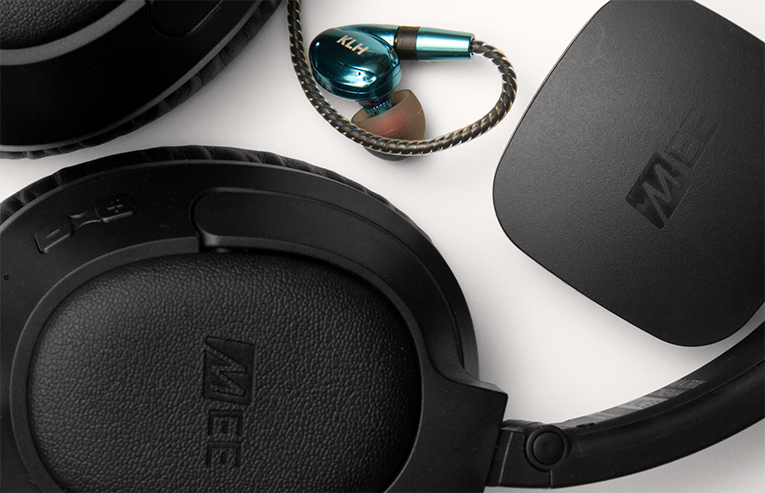
- Details
- Written by: Brent Butterworth
It’s clear that the listening habits of headphone enthusiasts are changing. Recently, HiFiMan launched the Ananda BT headphones -- a Bluetooth version of its Ananda planar-magnetic headphones -- which, at $1199 USD, are arguably the first true audiophile-grade Bluetooth headphones. Clearly, there must be some interest even among hardcore headphone enthusiasts for playing music -- or whatever -- from smartphones.
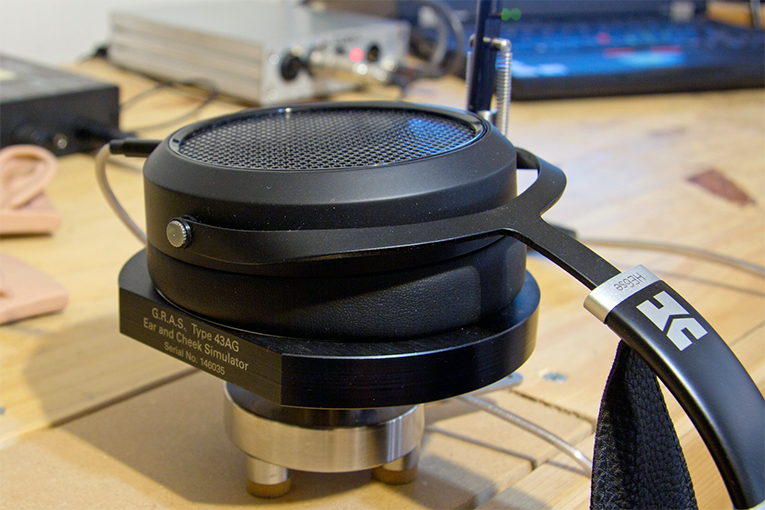
- Details
- Written by: Brent Butterworth
I get frustrated when people criticize the practice of audio measurement without having examined the issue in any depth -- but with headphones, I can forgive. The measurements for most audio products, such as speakers and amplifiers, are well established and easy to grasp. Even in high school, when I barely knew a capacitor from a choke, I could understand most of the measurements Julian Hirsch published in Stereo Review. But headphone measurements are nowhere near as intuitive -- a problem I hope to solve with this article.
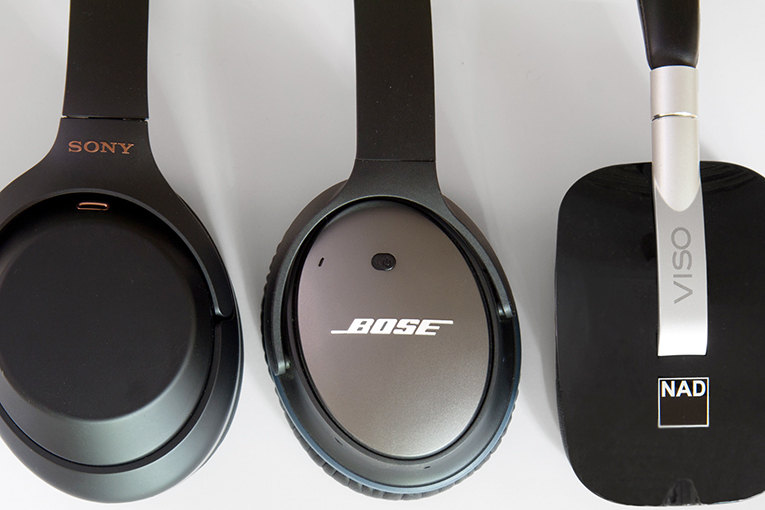
- Details
- Written by: Brent Butterworth
Thanks to recent research, we now understand a lot about headphones. But there’s one part of the headphone puzzle that I haven’t understood at all, and until a few weeks ago, neither did anyone else I’d talked with. It’s a phenomenon I call “eardrum suck,” and it occurs with some noise-canceling headphones. When you put the headphones on and activate the noise-canceling function, it can cause a feeling like riding a high-speed elevator, where you’re whisked abruptly into a region of lower atmospheric pressure, and the higher-pressure air inside your ear pushes your eardrums out slightly. For many, including me, it’s an effect so uncomfortable it can cause us to leave our expensive noise-canceling headphones in a drawer, unused.

- Details
- Written by: Brent Butterworth
I recently got a request to review a headphone amplifier -- just an amp, with no DAC built in -- priced close to $10,000. This and many other products I’ve recently seen at audio shows have me wondering if the high-end audio industry has shifted away from its original purpose -- achieving better music reproduction than mass-market audio gear can provide -- and toward building audio gear intended more as objects of consumerist desire than as a means of achieving genuine improvements in musical reproduction.
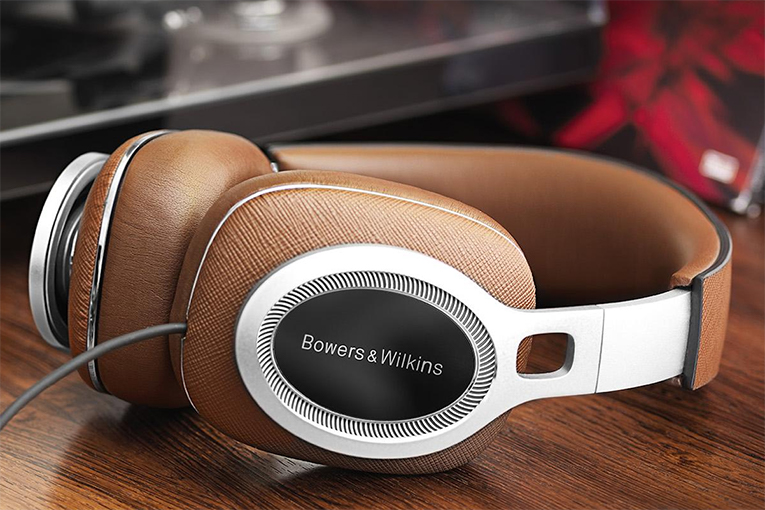
- Details
- Written by: S. Andrea Sundaram
When I reviewed the Bowers & Wilkins P9 Signature headphones, I found much to praise in their looks, materials, and build quality. While industrial design at Bowers & Wilkins is always top-flight, it was obvious that the company’s engineers had also put a lot of work into the acoustic design -- evidenced by the earcup suspension, attention to resonance reduction, and angled drivers with proper surrounds. Sonically, the P9 Signatures did an exceptional job delivering soundstage cues, a real sense of space, and explosive dynamics. What was more problematic from an audiophile perspective was their frequency balance.
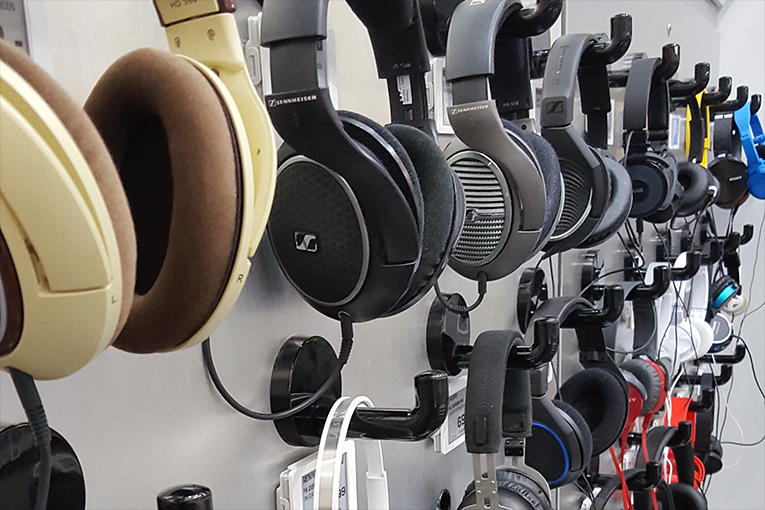
- Details
- Written by: Brent Butterworth
When SoundStage! founder Doug Schneider and I created SoundStage! Solo, we decided to try some ideas that other SoundStage! Network sites had never explored. We expanded the publishing schedule, added a comments section to the articles, and -- at Doug’s suggestion, and against my hesitation -- introduced ratings. Why did Doug’s suggestion worry me? Because I’d asked the “ratings or no ratings?” question so many times since I started as a tech journalist in 1989, and I’d never really come up with a satisfactory answer.
- Five Things Headphone Enthusiasts Get Right (and That the Two-Channel Guys Get Wrong)
- The Best Possible Way to Test Audio Products (and Why Most People Don't Do It)
- Will aptX Adaptive Improve Headphone Sound?
- Is the miniDSP EARS the Death of Headphone Measurement? Or its Savior?
- What Are Measurements Good For?
- How Much Noise Do Your Headphones Really Block?
- Why We're Launching "SoundStage! Solo"
SoundStage! Solo is part of
All contents available on this website are copyrighted by SoundStage!® and Schneider Publishing Inc., unless otherwise noted. All rights reserved.
This site was designed by Karen Fanas and the SoundStage! team.
To contact us, please e-mail info@soundstagenetwork.com
Having an account with us and logging in allows you to participate in our comments sections at the bottom of each article and review. It costs you nothing. The reason we want you to have this account is simply because we don't want some anonymous yahoos posting nonsense and messing meaningful conversations up. Having an identity usually brings rationality and civility. Thank you!







